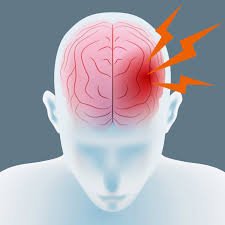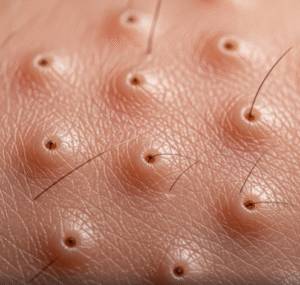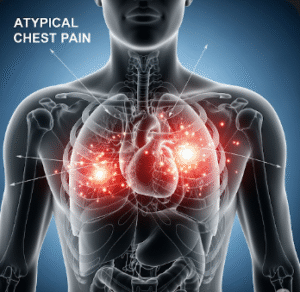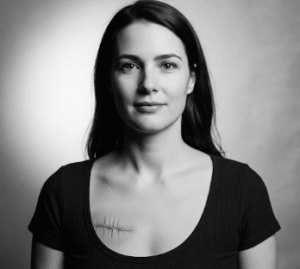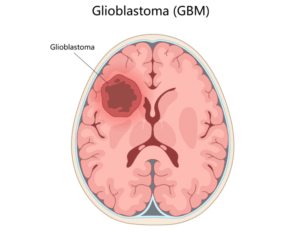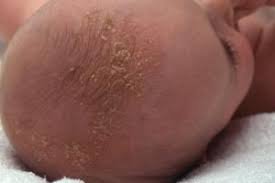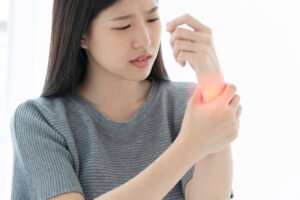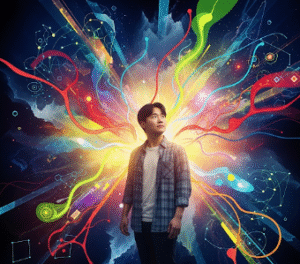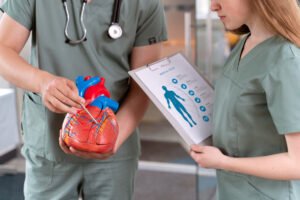Overview
Hemiplegia is a complete paralysis of one side of the body, typically resulting from stroke, brain injury, cerebral palsy, or neurological disorders. Unlike hemiparesis, which involves partial weakness, hemiplegia causes total loss of movement and function on the affected side. In Korea, hemiplegia is managed through advanced neurology and rehabilitation programs to improve patient mobility and quality of life.
What is Hemiplegia?
Hemiplegia occurs when brain or spinal cord damage disrupts signals to the muscles on one side of the body. It can affect the arm, leg, and sometimes facial muscles, leading to significant disability. Hemiplegia can be congenital (present from birth) or acquired, most commonly after a stroke in adults.
Symptoms
- Complete paralysis on one side of the body
- Loss of coordination and balance
- Drooping of facial muscles
- Difficulty speaking or swallowing if facial muscles are involved
- Stiffness or spasticity in affected muscles
- Difficulty performing daily activities independently
Causes
- Stroke (ischemic or hemorrhagic)
- Traumatic brain injury
- Cerebral palsy (in children)
- Brain or spinal cord tumors
- Neurological diseases such as multiple sclerosis
Risk Factors
- Hypertension and cardiovascular disease
- Diabetes and high cholesterol
- Smoking and alcohol consumption
- Previous stroke or TIA
- Age (older adults at higher risk)
- Genetic predisposition for congenital hemiplegia
Complications
- Severe limitations in daily activities
- Muscle atrophy and joint contractures
- Increased risk of falls and injuries
- Emotional distress, depression, or anxiety
- Secondary conditions such as pressure sores or infections
Prevention
- Control of chronic conditions like high blood pressure, diabetes, and cholesterol
- Healthy lifestyle with regular exercise and balanced diet
- Avoidance of smoking and excessive alcohol
- Timely treatment for stroke or head injuries
- Prenatal care and early intervention for congenital conditions
Treatment Options in Korea
Diagnosis
- Neurological and physical examination
- MRI or CT scans to identify brain or spinal cord damage
- Electromyography (EMG) and nerve conduction studies
- Blood tests for stroke risk factors and other underlying conditions
Medical & Rehabilitation Treatments
- Intensive physical therapy to maintain muscle strength and prevent atrophy
- Occupational therapy to adapt daily activities and improve independence
- Speech therapy for facial and speech involvement
- Medications: Antispasmodics, anticoagulants, neuroprotective drugs
- Advanced rehabilitation technologies like robotic-assisted therapy, available in Korean hospitals
Rehabilitation and Support
- Multidisciplinary teams including neurologists, physiotherapists, occupational therapists, and psychologists
- Home exercise programs and adaptive equipment
- Counseling and support groups for patients and caregivers
- Long-term monitoring to prevent secondary complications

